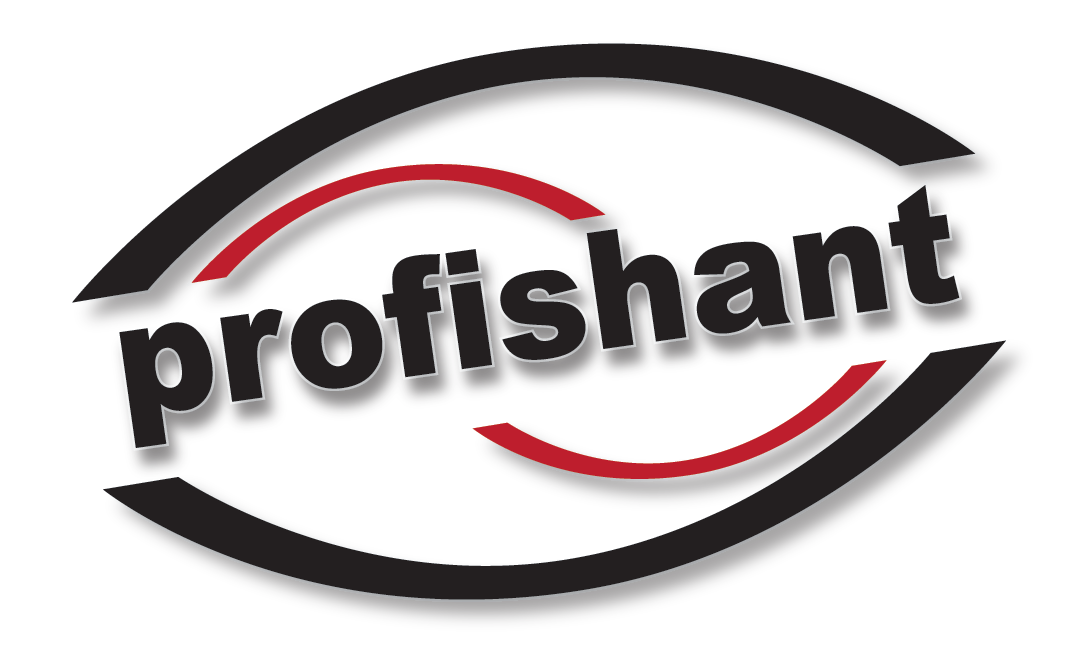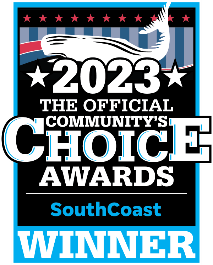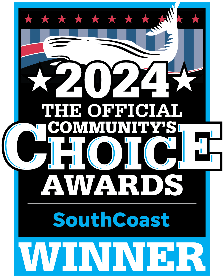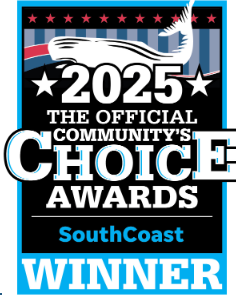BRCGS (Brand Reputation through Compliance Global Standard) previously known as BRC (British Retail Consortium) recently released food safety issue 9. The final draft was released in August 2022 with the implementation and auditing commencing February 1, 2023. With this new release came some major changes for the industry, to list a few:
Section 1: Senior management
You may have had a commitment from senior management to improve the food safety culture but are you prepared to also have improvements to the quality culture? Clause 1.1.2, your food safety and quality culture plan should measure positive culture changes and review them at least annually. These plans may include:
- Training
- Feedback from employees
- Clear and open communication
- Performance measures ensuring the safety, authenticity, legality, and quality of your products
Section 2 – The food safety plan – HACCP
Prerequisite programs and HACCP (Hazard Analysis Critical Control Points) plans are the backbones of any food safety plan, but what are they? Prerequisite programs are the basic environmental and operational conditions in a food business that is necessary to produce safe food. These control generic hazards covering good manufacturing and hygiene practices and form a foundation for the food safety or HACCP plan. HACCP is a system that identifies, evaluates, and controls hazards that are significant for food safety. Clause 2.12.1, 2.12.2, & 2.12.3 states these programs along with the HACCP plans must be verified to ensure they continue to be effective. HACCP plans must also be validated to ensure that your CCPs (critical control points) effectively control the identified hazards.
Section 3 – Food safety and quality management system
Document and record control, internal audits, supplier approval, and service providers are an integral part of the management system, however, there is one major change to the management of incidents, product withdrawal, and product recall. Companies now need to provide sufficient information to enable the certification body to assess any effects of the incident on the ongoing validity of the current certificate within 21 calendar days. At a minimum, this shall include corrective action, root cause analysis, and a preventative action plan (clause 3.11.4). If you’ve ever had to perform a recall or withdrawal, you know how nerve-wracking and stressful this can be while working with the FDA (Food and Drug Administration), but now you need to treat both the FDA and the certifying body as one and the same.
Section 4 – Site standards
Food defense not only protects your site and products but also your staff. It’s imperative that personnel engaged in threat assessments and food defense plans, whether individual or team, be properly trained and have knowledge of both the site and principles of food defense (clause 4.2.1). This should also meet legal requirements not only for the country you reside in but also for the country of sale or intended use (clause 4.2.2). Foreign material detection is taken into consideration in this section as well. Foreign body detection and removable equipment such as metal detection, X-ray equipment, filters, sieves, and magnets are highlighted, and procedures have been added for additional clarity (clause 4.10).
Section 5 – Product control
Products you may have that are labeled or claims are made from suppliers (i.e. organic) need to have one mass balance test every 6 months regardless of any schemes they are certificated to (clause 5.4.5). Animal feed clauses have also been added to this section (clauses in 5.8).
Section 6 – Process control
Documented process specifications and work instructions are vital pieces to this section. This also encompasses labels and packaging controls. In the United States, undeclared major food allergens are one of the most common reasons for recalls. Label reconciliation has been added to clause 6.2.1 with the cause for any inconsistencies investigated.
Section 7 – Personnel
Documented training of employees is something we are all familiar with. BRCGS food safety issue 9 requires all staff to be trained. These staff members should include office staff, production staff, and temporary employees.
Section 8 – Production risk zones – high-risk, high-care, and ambient high care
Production is the food industry generates income and having down days can prove costly. Removable walls with occasional movement to allow for other production zones and days have been defined in this section. Clause 8.2.3 highlights the requirements and encourages best practices to be performed.
Section 9 – Requirements for traded products
Clause numbers have been adjusted in this section. Scopes and HACCP plans for traded goods must be incorporated into the site’s food safety plan according to clause 9.1.
Where can I get the standard?
The standard is available free on the BRCGS participate website. Here you can get the standard, the interpretations guide, and the change guide. Hard copy versions are also available to purchase.
BRCGS food safety issue 9 has numerous changes throughout the standard. Sites have had 6 months to allow a transition period in order to comply with those changes. Both announced and unannounced BRCGS certification audits are now being audited against the new standard. Here at profishant, our consultants have been working tirelessly to study the standard and assist our customers with these new requirements. Give us a call if you need BRCGS food safety issue 9 implementation or conversion assistance!
Article Written By:
Stacy Matuszek
Food Safety Consultant
profishant, inc.




